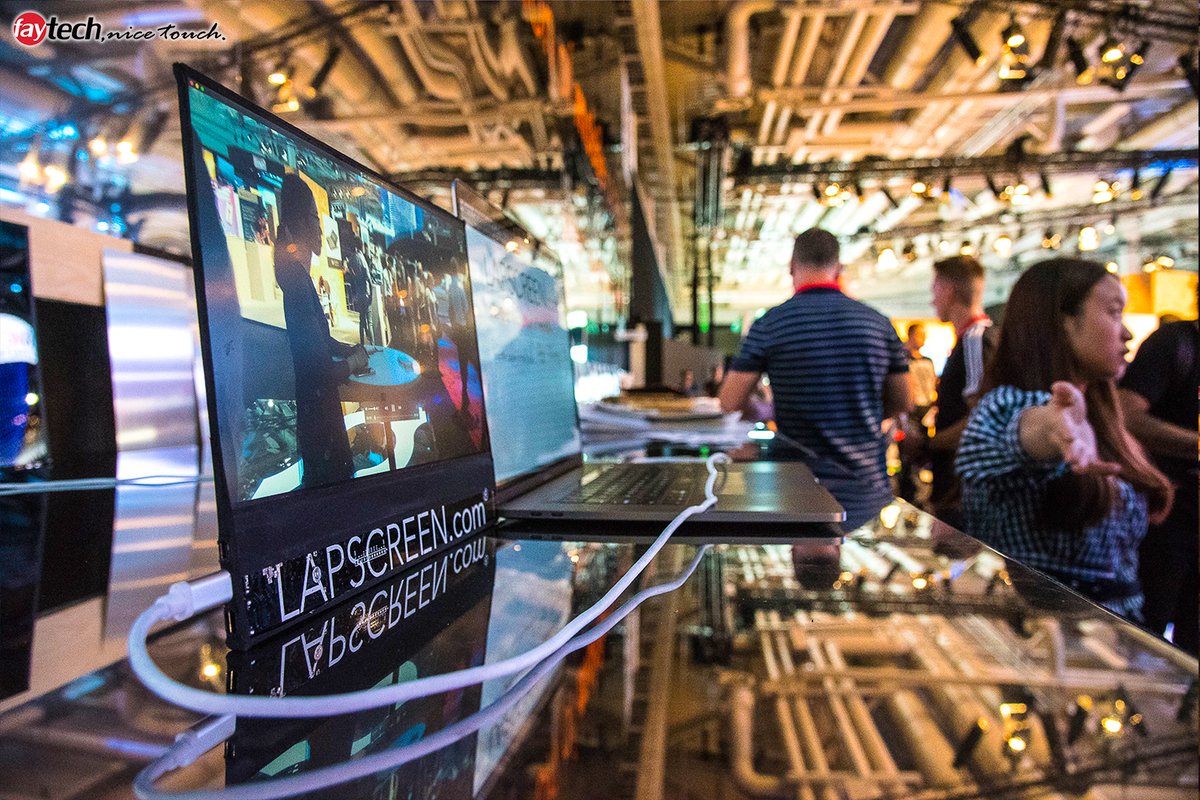In brief: In addition to the added screen real estate that a second panel affords, the DIY laptop also has some ergonomic benefits as the added screen is more in line with your natural eye level during use. Gotta love those unintended benefits!
Hardware manufacturers are seemingly obsessed with displays. Whether it’s reducing bezels, rounding off edges, adding additional screens or experimenting with flexible displays, they can’t help but tinker with them.
Take Intel’s “Honeycomb Glacier,” for example. This dual-display concept showcased at Computex earlier this year adds a secondary panel to the mix for additional screen real estate. It also served as the basis for a compelling project by Matt over on DIY Perks.
The YouTuber essentially took Intel’s idea and created his own version by adding a full-sized secondary display on top of his laptop’s original screen. It’s more of a proof-of-concept, really, as the supporting hardware and hinge system are a bit clunky. One would also think that the added weight would make the laptop a bit top-heavy but Matt solved this issue by adding a fold-out kickstand to help support the extra hardware.

If you’d rather not fool with building your own, other options exist for adding more desktop space to your mobile workstation. A portable USB screen like the Lapscreen is one alternative. You could also repurpose a tablet as a second screen using any number of apps available or pick up a dedicated dual-screen laptop like the HP Omen X 2S.
https://www.techspot.com/news/82879-youtuber-builds-diy-version-intel-dual-screen-honeycomb.html